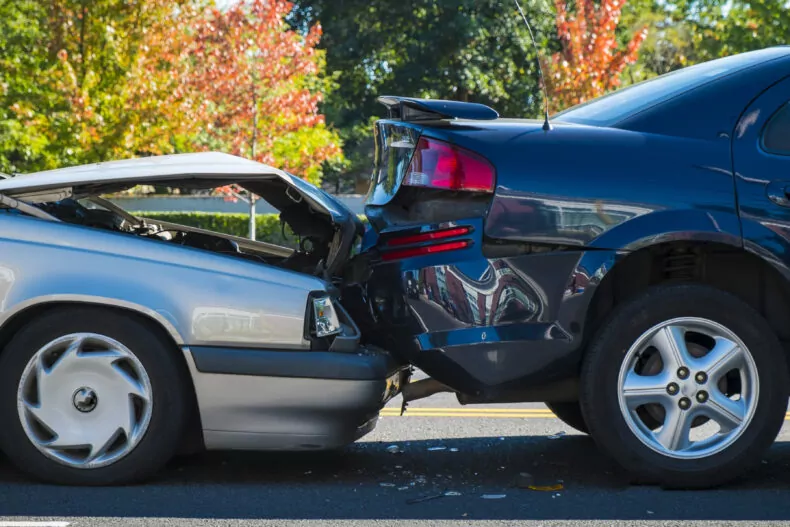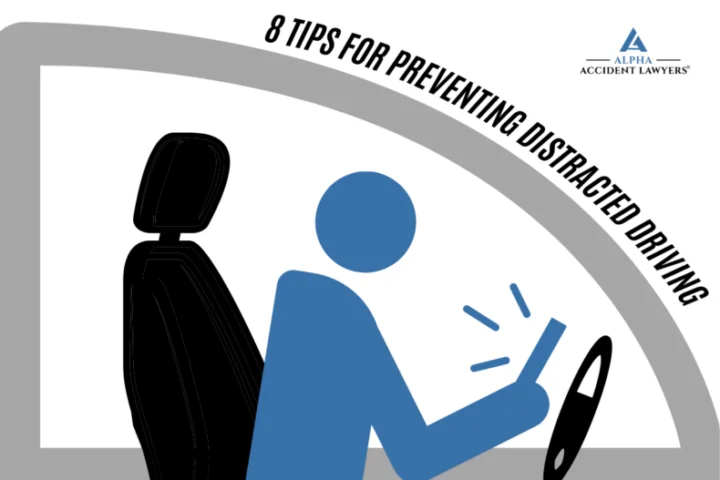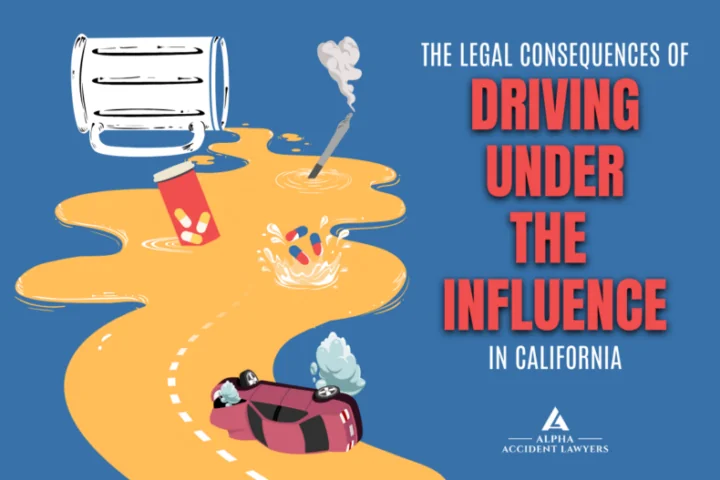Rear End Collisions: Is the Rear Driver Liable?
In some auto accidents, determining fault is as simple as seeing who hit who. However, when it comes to rear-end accidents, determining fault can get tricky.
How is fault determined in a rear-end vehicle collision?
If you were the front or rear driver involved in an auto accident, then you need to know whether or not you are liable for the collision. Here is how you can determine fault in the accident and what your next steps should be.
How is Fault Determined in a Car Accident?
Fault can be determined in a number of ways following a car accident. First, investigators will inspect the scene surrounding the car accident; the vehicles will also be closely inspected for signs of damage.
Any traffic signs in the area will be taken into account when determining who is at fault. If there is reason to suspect traffic laws were broken, this will give the investigators insight into the guilty party. Damaged parts of each vehicle will also help to determine who hit who and how the accident may have occurred.
Witness testimonies are also crucial when determining fault in a car accident. Investigators will take statements from any parties involved in the auto accident. Statements will also be gathered from any witnesses to the scene.
Who is Liable in a Rear-End Accident?
Usually, the above information can be enough to determine who was at fault in a car accident. However, it can be more difficult to determine fault in a rear-end collision. There are a few common causes of a rear-end accident, including:
- Aggressive driving
- Distracted driving
- Hazardous weather conditions
- Driver fatigue
- Drunk driving
While the rear driver is often responsible for rear-end vehicle collisions, this is not always the case. Investigators may instead put fault on the lead driver.
When is the Lead Driver at Fault?
There are a few circumstances where the lead driver would be at fault. To start, if the lead driver was driving while under the influence or fell asleep at the wheel, they would be at fault. Driving recklessly automatically puts yourself and other drivers at risk.
Pulling out in front of a driver who had right of way will put the lead driver at fault. They were not meant to drive in front of the other vehicle; therefore, it is not the fault of the rear driver that the accident occurred.
Sudden braking may also put the lead driver at fault for an auto accident. However, this is not always the case. If the rear driver was following too closely to the lead driver and was not able to reasonably stop in time, then the fault may be put on the rear driver.
It’s important to leave at least one full car’s length between the rear and lead driver. However, more distance is required in certain circumstances. These include:
- Driving at night
- Driving in hazardous weather
- Stop-and-go traffic
- Driving a heavier or larger vehicle
- Soft brakes
- Loose gravel or dirt roads
Of course, if the lead driver’s vehicle has broken brake lights or any other vehicle damage, they will likely be assigned fault. After all, the rear car won’t know to stop if your brake lights are out.
Sudden braking caused by distracted driving may also put the front driver at fault. This is considered negligent driving and puts blame on the lead driver rather than the rear driver in most instances. If the rear driver was determined to be negligent as well or was also distracted, then the fault may still be placed on the rear driver.
Multi-Vehicle Accidents
Many rear-end accidents involve more than two vehicles. One car slams on the brakes, then the rear driver hits it. The driver behind them can’t brake in time, and so on; determining fault in these incidents can be more difficult.
It is possible for liability to be assigned to more than one person in these situations. The assignment of blame usually comes from a jury in a court meeting for motor vehicle accident lawsuits.
What to Do When Involved in a Rear Driver Car Accident
If you are involved in a rear-end vehicle collision, it’s important to stay calm. Start collecting evidence of the accident as soon as you are able to safely and do not leave the scene. Contact the local authorities and wait for them to arrive.
Give your statement of what happened to the police and show any evidence that you were able to collect. Once you have finished speaking to the police, you will want to contact your insurance company about what happened. The sooner they can hear your side of the story, the better.
Hiring an auto accident attorney right away will help if you need to file an auto accident lawsuit against the other driver. Whether you were the lead or rear driver is irrelevant; your lawyer can help you determine who was at fault more easily and work with your insurance company directly.
Handle Your Accident with Care
Determining fault in a rear-end auto accident can be tricky. You can be assigned fault whether you were the front or rear driver in the accident. However, now that you know how fault is determined, you can feel prepared if you are ever stuck in a rear-end car collision.
Were you or someone you love recently involved in an auto accident? Are you planning on filing an auto accident lawsuit for compensation?
Alpha Accident Lawyers is here to help. Contact us with any questions or concerns you have about our auto accident attorneys and continue reading our blog for more information today.



